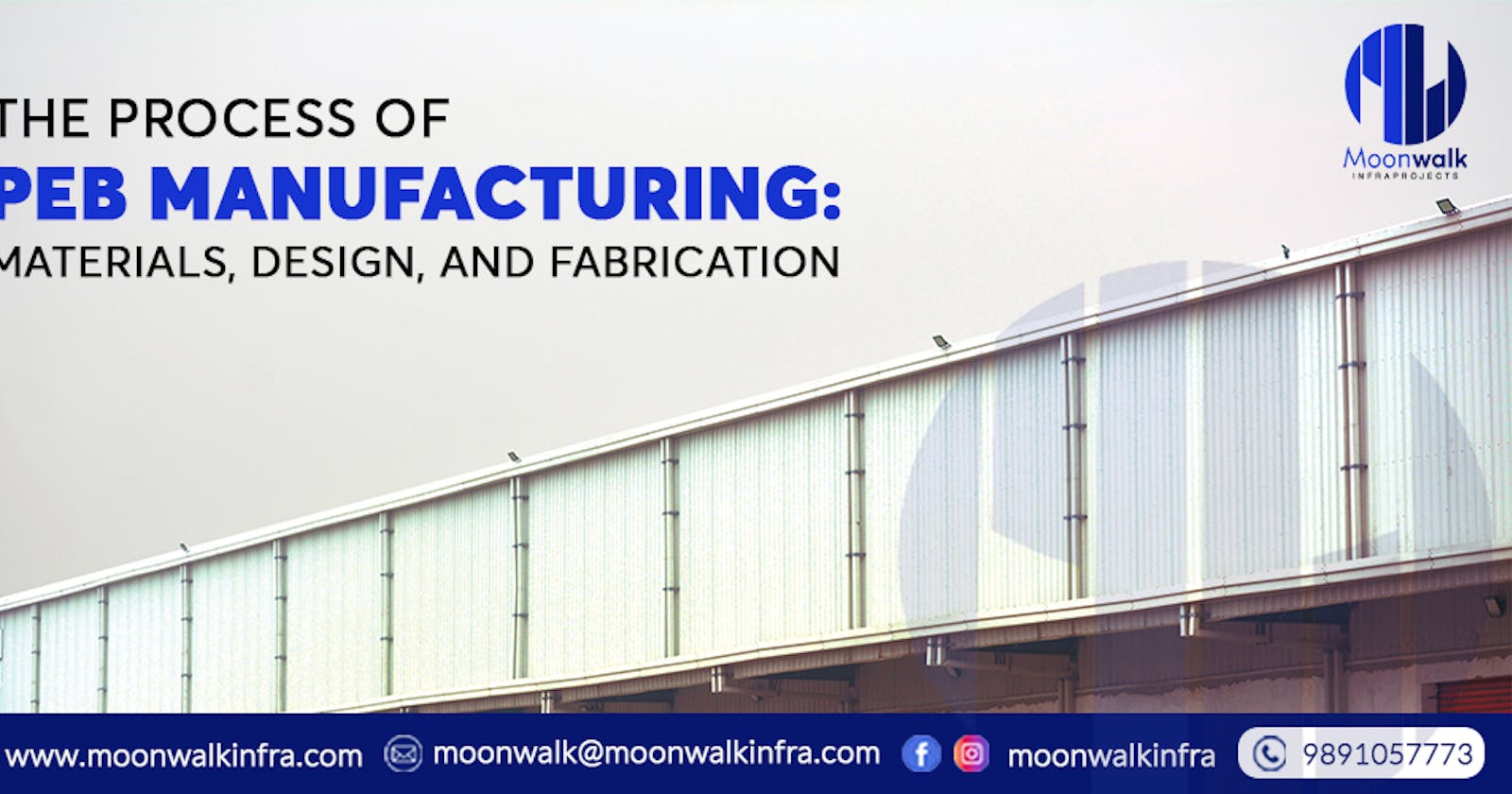Pre-engineered buildings (PEBs) have become an increasingly popular construction solution in recent years due to their cost-effectiveness and efficiency. PEBs are buildings that are pre-engineered in a factory and then assembled on-site. They are typically made of steel and can be designed to meet the specific needs of a wide range of applications.
History of PEBs
The concept of pre-engineered buildings dates back to the early 20th century when prefabricated buildings were first used for military purposes. However, it wasn't until the 1960s that PEBs began to be used for commercial and industrial purposes. The development of computer-aided design (CAD) software in the 1970s revolutionized the PEB industry by allowing engineers to design complex structures with greater precision and accuracy.
Use in Today's Construction
Today, PEBs are used in a wide range of applications, including warehouses, factories, shopping centers, and sports facilities. PEBs offer several advantages over traditional construction methods, including faster construction times, lower costs, and greater flexibility in design. PEBs can also be easily expanded or modified, making them ideal for companies that anticipate future growth.
PEBs are also environmentally friendly. The materials used in PEBs are often made from recycled materials, and the construction process produces less waste than traditional construction methods. Additionally, PEBs can be designed to be energy-efficient, reducing the building's carbon footprint.
PEB Use in India
In India, PEBs are becoming an increasingly popular construction solution due to the country's growing economy and infrastructure needs. PEBs are ideal for the Indian market because they can be built quickly and at a lower cost than traditional construction methods. PEBs are also well-suited to India's extreme weather conditions, as they can withstand high winds, heavy rain, and earthquakes.
The process of PEB manufacturing involves several key steps, including materials selection, design, and fabrication. In this article, we will explore these steps in detail.
Materials Selection
The first step in PEB manufacturing is materials selection. The materials used in PEB construction must be strong, durable, and able to withstand the elements. The most commonly used materials for PEBs include steel, concrete, and wood.
Steel is the most popular material used in PEBs due to its strength, durability, and flexibility. Steel can be easily molded into a variety of shapes and sizes, making it ideal for use in PEBs. Concrete is also used in PEBs, but it is less flexible than steel and requires a longer curing time. Wood is another option for PEBs, but it is less durable than steel or concrete and requires more maintenance.
Design
Once the materials have been selected, the next step is design. PEBs are designed using computer-aided design (CAD) software that allows engineers to create detailed plans for the building. The design process includes creating a 3D model of the building, selecting the appropriate materials, and determining the size and shape of each component.
During the design phase, engineers must also consider factors such as the building's intended use, location, and local building codes. This information is used to ensure that the building is designed to meet all relevant safety standards and regulations.
Fabrication
The final step in PEB manufacturing is fabrication. Once the design has been completed, the building components are manufactured in a factory setting. This process involves cutting, shaping, and welding the materials to create the individual components of the building.
During the fabrication process, quality control measures are implemented to ensure that each component meets the required specifications. Once the components have been fabricated, they are shipped to the building site for assembly.
Assembly
The assembly process for PEBs is relatively quick and straightforward. The components of the building are shipped to the site and assembled using a crane. This process can be completed in a matter of days or weeks, depending on the size of the building.
The benefits of PEB manufacturing are numerous. PEBs are cost-effective, quick to assemble, and can be customized to meet the needs of a wide range of applications. They are also durable, energy-efficient, and require minimal maintenance.
FINAL THOUGHTS
The process of PEB manufacturing involves several stages, including material selection, design, and fabrication, to ensure the final product meets the specific requirements of the customer.
With the numerous benefits that PEBs offer, including faster construction times, lower costs, and flexibility in design, it's no surprise that they have become a popular construction solution in recent years.
If you're considering PEBs for your next construction project, Moonwalk Infraprojects is a company that specializes in PEBs and can provide you with the expertise and quality service you need.
Contact US today to discuss your project and find out how we can help you achieve your construction goals.

